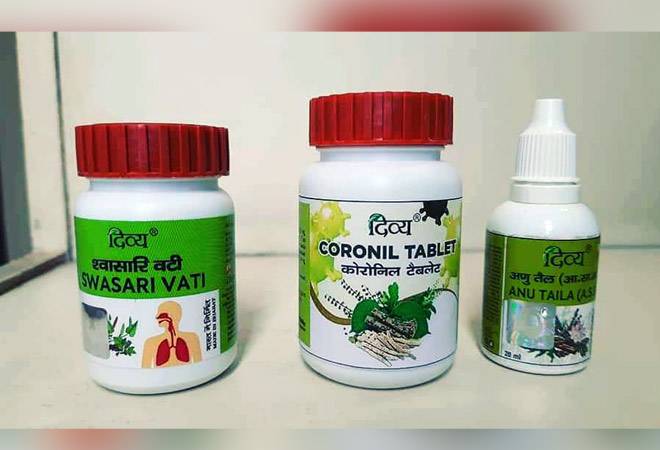The sudden jolt of unpleasant sensation after you had something sweet, hot or cold is very common. This sensation which is not very pleasant one is often known as teeth sensitivity.
8 Common factors for sensitive teeth
Huge list of factors responsible for sensitive teeth indeed! Some of the more common culprits are:
- Caries (tooth decay)
- Cracked or fractured teeth
- Trauma
- Tooth grinding or clenching (Bruxism)
- Worn fillings or tooth enamel
- Recessed gums as a result of gum disease
- Overenthusiastic brushers
- High-acid food/drink consumption
What are parts of human teeth?
Part of human teeth visible in the mouth (Crown) is made up of three parts – Enamel (Outermost layer), Dentin (Middle layer), the innermost layer is the pulp. Enamel shields the inner two layers from any chemical and physical insult to the tooth.
The part of the tooth below gum line is called roots, here dentin is coated with a thin protective layer called “cementum.” With the loss of enamel or cementum due to ageing or disease, irritants such as foods or liquids come into contact with the exposed dentine, the tooth gets sensitive. Sensitivity is the most commonly found to occur in canines and premolars than in any other teeth.
How should I avoid Tooth Sensitivity?
- Maintain good oral hygiene
Good oral hygiene is cure all for almost all oral health issues. Good oral hygiene provides you with the best defense shield against oral health problems. Follow a meticulous oral hygiene regimen. Brush your teeth twice a day, floss after brushing and do not forget to scrap your tongue. Millions of bacteria reside within tongue coating, would outgrowth on the tooth surface once you brushed your teeth. - Adopt proper tooth brushing technique
- It is not only necessary to brush your teeth twice a day, but correct technique of brushing is also crucial. Most of the times overzealous brushing can do more bad than doing good. By default, we all adopt scrubbing strokes for brushing, which is not the correct way of brushing, brushing strokes should be gentle in up and down direction, rather than horizontal.
- Brushing teeth over-zealously, using hard- or thick-bristle toothbrushes should be abandoned.
- Do not brush your teeth at least for one hour after consuming acidic drinks or foods due agonist effect of acidic erosion on toothbrush abrasion
- Check the constituents of mouth wash you buy.
- Mouth rinses with higher-acidic content may increase tooth sensitivity, switch your brand.
- Use a correct brush and toothpaste
- Brush your teeth gently twice a day with a soft-bristled brush and a fluoride toothpaste.
- Avoid the use of toothpaste with high abrasive content. The abrasivity of toothpaste is determined by the Relative Dentin Abrasivity (RDA). The upper limit recommended by the US Food and drug administration is 200 and the American Dental Association is 250.
- Low abrasive toothpaste have RDA value below 70-80. If the RDA value is over 100 the dentifrice is highly abrasive (found in tooth whitening dentifrices), may damage the enamel, dentin and cemental surfaces.
- The size and shape of your brush should fit into your hand comfortably and accessible to every nook and corner of the mouth.
- Replace your toothbrush every three or four months or sooner if the bristles are frayed. A worn toothbrush can irritate your gums without doing its purpose of brushing.
- Clean between your teeth with floss daily to aid in the removal of plaque and food particles from between your teeth and under the gum line.
- Do not forget to visit your dentist regularly for regular dental checkups and professional cleanings.
- Reduce Acidic food or drinks
Erosive agents from external sources if acids include carbonated drinks, citrus fruits, alcoholic drinks, yoghurt, dairy products, and occupational hazard (such as workers in battery manufacturing plants).Keep a check on the frequency of consumption of acidic foods.Gulp down alkaline beverages, like milk, or at least neutral materials, like water, after eating acidic foods, or having carbonated/acidic drinks. Drink carbonated/acidic drinks with a straw to minimize there contact period with your teeth.
Gastroesophageal reflux or regurgitation is the internal source of acid exposure to the teeth, common in patients with eating disorders, characterized by generalized erosion of the palatal surfaces of maxillary anterior teeth. Your dentist shall refer you to the medical practitioner for expert management of the underlying disease. Meanwhile, your dentist shall provide you with an occlusal splint to cover the affected areas.
Is it Possible to Cure Tooth Sensitivity?
Tooth sensitivity can be treated. See your dentist. He or she can help identify the cause and may suggest one of several treatments.
- At home technique
For milder sensitivity issues, your dentist may prescribe you over-the-counter desensitizing agents or “at home” desensitizing agents. These agents can be in the form of toothpastes, mouthwashes and chewing gums. Majority of the toothpastes contain potassium salts (potassium nitrate, potassium chloride or potassium citrate).Potassium salts desensitize your nerve. Use desensitizing toothpastes with the help of a toothbrush with soft bristles. Use minimal amount of water to prevent the dilution of the active agent. “At-home” desensitizing therapy shall provide you relief in 3–4 weeks.
- Casein phosphopeptide–the calcium phosphate
Recently, milk protein casein has been used to develop a remineralizing agent (GC Tooth Mousse). It prevents the dissolution of calcium and phosphate ions and maintains a supersaturated solution of bio-available calcium and phosphates, thus sealing the tooth and preventing sensitivity. - In-office treatments
If there is no relief in sensitivity after at home treatment of sensitivity, “in-office” therapy would be initiated. Fluoride gel treatments strengthen the tooth enamel and help reduce sensations that irritate the root.Other treatments, such as fillings, crowns, inlays, bonding, fluoride varnishes or desensitizing agents, can be used to repair areas of the tooth that are damaged or to cover areas that are exposed by gum recession. If your sensitivity is severe or does not respond to other treatments, your dentist may suggest root canal treatment.
In case you have Premature contacts; sometimes through correction of occlusion or the use of an occlusal splint, the problem can be easily resolved.
- Gingival recession
When the gums recede and the underlying cemental layer is soft, it gets abraded faster than enamel by tooth brushing. It may expose underlying dentin and makes your teeth sensitive. The teeth may be restored with Composite resins & glass ionomer restorations. The restorations can alleviate sensitivity as well as restore the tooth to full contour. You should also see a periodontist for consultation. Moreover, treatments such as graft or positioning flap might be adopted for covering denuded roots.




